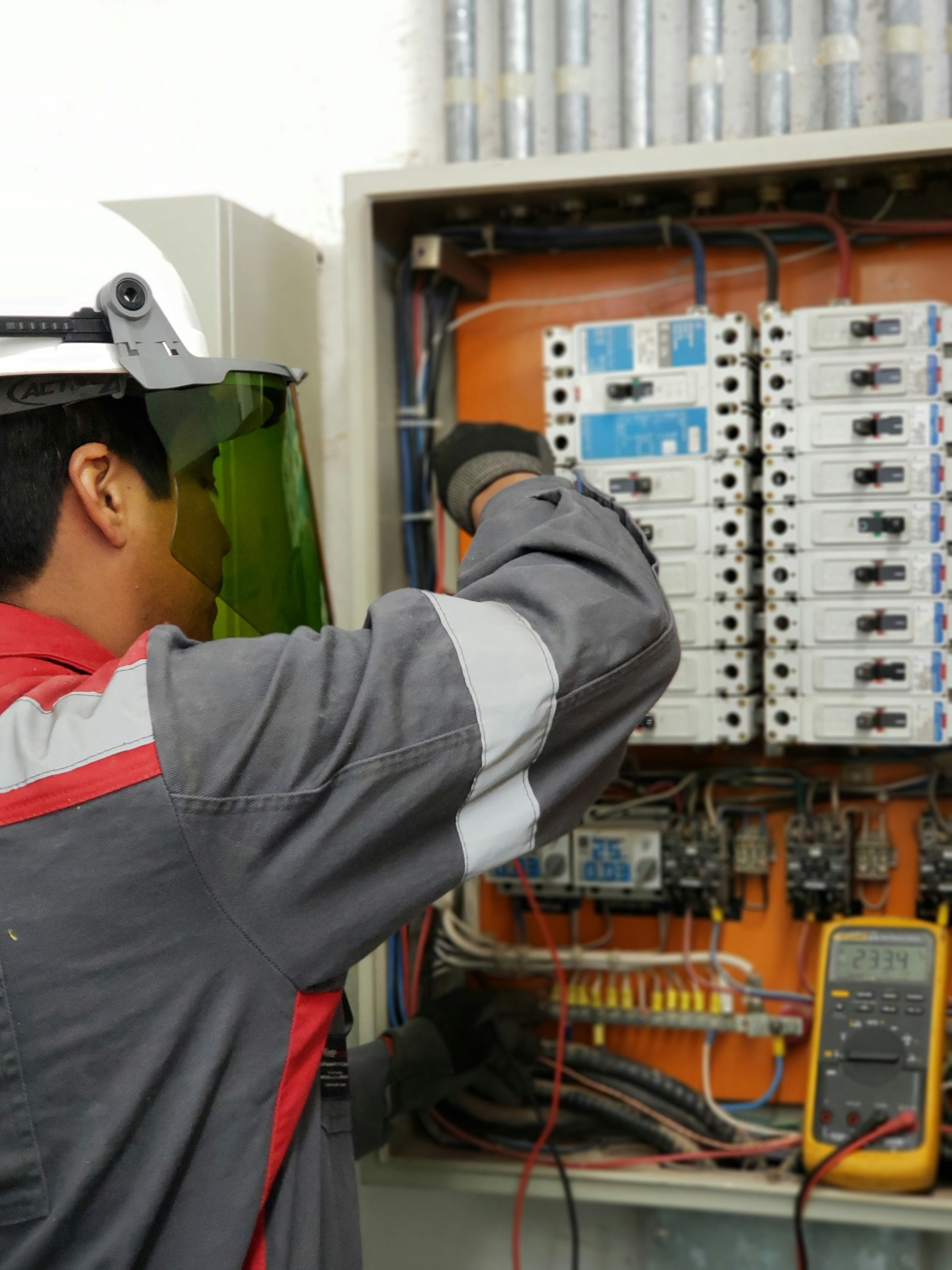Electrical instalation check-out in homeowners' associations
1. Introduction: from relying on the day/night cycle to simply flicking a switch
In 1879 Thomas Alva Edison turned on the first electric light bulb in history.
Before the 19th century, curtains regulate sun's light intensity until sunset, and at night the lighting of fire (by candles or torches) or oil (by lamps) made possible, for example, to hold dances in the palace.
This text will appear in our blog on Valentine's Day. Today, candles will be in many houses. They will be there for their symbolic meaning, not because they are essential for lighting. This is a clear prove about the importance of the great technological leap that Edison accomplished.
2. How does electricity found in nature become the light that illuminates your home?
In the 21st century, a 3-year-old child, by pressing softly the switch, obtains light and he/she is fascinated. He/she quickly perceives the cause-effect. Adults understand it, but are you sure you know how electrical energy is transformed into light? Read on and we'll reveal it to you.
The process that transforms electrical energy into light follows a four-step sequence:
(a) Generation: "from primary sources (renewable or not)". This step is made possible thank to power plants.
b) Transmission: "by overhead (support towers) or underground, from the power plants to the substations. There are other elements there, called transformers".
c) Distribution: "electricity is sent to homes in the nearest area from the substations".
d) Commercialization: "a commercialization firm (...) buys the energy from the one that generate the energy and sells it to you".
The above quotation marks come from this complete text where Endesa, in addition to explaining what we have reproduced, lists the current sources of electricity.
3. How often, what areas should be inspected and who should check the installation of the community of owners?
Before the questions of this section headline, the first thing is to have clear the following: any electrical installation not analyzed will cause with all certainty accidents. To avoid it its state must be exhaustively inspected by experts periodically. Moreover, there must be an official record of it.
In 2019 we wrote about how each of us can check the electrical installation at home. In 2022 we will take another point of view: that of the Owners Community (hereinafter OC).
Let's start answering the questions once placed in its scope the OC.
The Royal Decree 842/2002 (Spanish version), still in force, establishes the following for the communities: "The common areas of residential buildings with a total installed power of more than 100 kW will be subject to inspection every 10 years" (the OCs with a power of more than 100 kW are those with more than 16 dwellings).
In the OCs, the common areas are not the only place of risk. Thus, within them, they must also be inspected:
- Garages with more than 25 spaces or, that regardless of the number of spaces, have forced ventilation. These must be inspected every 5 years.
- Premises with risk of fire or explosion, class I, except garages with less than 25 spaces. These must be inspected every 5 years.
- Wet rooms with installed power greater than 25 kW. These must be inspected every 5 years.
- Swimming pools with installed power greater than 10 kW. These must be inspected every 5 years.
- Outdoor lighting with an installed power of more than 5 kW. These must be inspected every 5 years.
Source of information on the other zones: gestiodecomunitats.cat/aplicacion-del-reglamento-y-normativa-de-ba-tensionada-en-las-comunidades-de-propietarios/
What professional is in charge of carrying out the inspection of the low voltage electrical installation?
A technician linked to an Authorized Control Body (OCA in Spanish). This is determined by the mandatory complementary technical instruction ITC-BT-05 (linked to the aforementioned Royal Decree 842/2002).
First appendix: the special case of the meter room
The revision of the electrical installation in the OC cannot be addressed without explaining how the meter room, which is the "engine room" of the electrical installation of the CP, is considered.
This is located in a non-proprietary space of the OC, therefore, it is a common space. However, since it is a place where short circuits can occur, "access to it must be restricted. Thus, the key to the meter room will be held by: the President of the community, the Vice-president or the Real Estate Agent (a copy will also be necessary for the janitor or doorman)".
To clarify much of the casuistry concerning the meter room here you can consult the original source of Mutua de Propietarios (text in Spanish) .
Second appendix: a surprising omission of the legislator: the electrical installation in homes
Although in this text we are talking about communities of owners, when reading the regulation we feel it is our duty to warn of a surprising fact: the lawmaker does not order any periodic inspection for homes. This happens in a decree dedicated, let's not forget, to set guidelines for the review of low voltage installations.
From Finques Feliu we strongly recommend you to have your home inspected periodically by a certified technician. After all, as electiaplus points out: "seven out of ten homes in our country have defective electrical installations".
Our message today is: Admire the benefits of energy, respect its power!
Share and you will have tools to ensure the collective safety of the homeowners' community.
